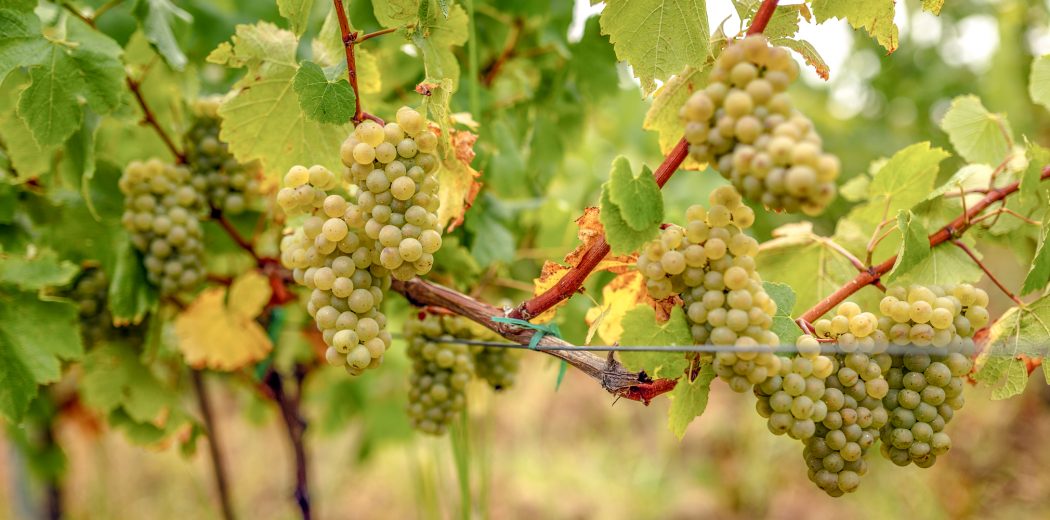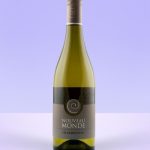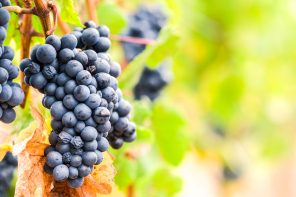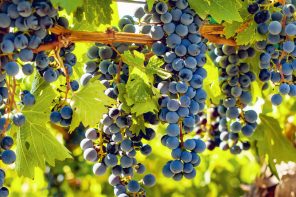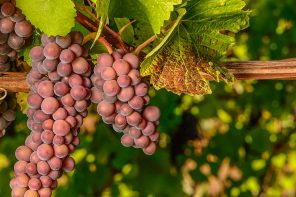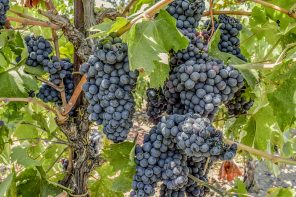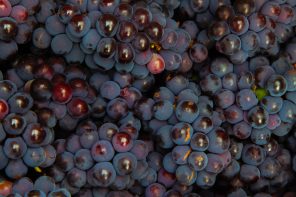Many wine drinkers across the country think they hate Chardonnay, but in fact, such a statement would give the grape pretty big shoes to fill. The disdain which many wine lovers claim to have for the variety most likely comes from a past full of over-oaked, too-decadent-for-their-own-good bottles of the juice — and honestly, we could totally support not having a love affair for those, too. However, the truth is, Chardonnay is one of the most widely planted, versatile grapes in the entire viticultural world, creating cuvées with flavor profiles all over the spectrum. Love a good glass of Champagne? Then guess what, you love Chardonnay!
Chardonnay is a green-skinned variety and is known for being very terroir adaptable, meaning it will take on the characteristics of a specific region quite effortlessly. After much debate, the University of California Davis reasons that the variety is a cross between Pinot Noir and Gouais Blanc, brought together by the Romans in Croatia (Gouais) and the peasants of Burgundy (Pinot Noir). Because of the grape’s neutral flavor profile, soil influences, weather patterns, and oak regimens are extremely reflected within each specific wine made. From crisp, high-acid Chablis, to full-bodied, tropical fruit-driven bottles of California and to the fizzy, sparkling wines of Champagne and Franciacorta, there’s really not much that Chardonnay can’t do.
The grape’s neutrality also means that winemakers and their vinification choices have a huge effect on a final wine’s flavor profile. Vines tend to produce lots of fruit, which means lots of vineyard management for viticulturists. The grape ripens early and loves shorter growing seasons, as too much ripening can lead to a quick loss of acidity. In the world’s ‘greatest’ Chardonnay regions (think Burgundy and Champagne), the vines grow in chalky and/or limestone-based soils. As of today, over 210,000 hectares of vines are dedicated to Chardonnay, making it the second most widely planted white grape variety in the entire world (Airén, a Spanish variety used to make table wines and brandy, is first).
As previously mentioned, winemaking decisions have a huge effect on Chardonnay. Oak-less aging and malolactic fermentation (which is the reason your wine tastes “buttery”) are all big decisions that winemakers must take into consideration. Because of this versatile flavor profile, the wine can do a billion things on the table, when paired alongside food. Leaner bottles with crisp, high acid are gorgeous with seafood, while fuller-bodied, richer examples go wonderfully with roasted chicken, cream sauces and lots of cheeses.
Dry to sparkling, light to full-bodied, even sweet and late harvested, Chardonnay can pretty much do it all. Fall in love with this versatile variety all over again by grabbing a few bottles from different regions and tasting the variation for yourself — or simply pour yourself a glass of Champagne, because there’s really no situation that bubbles can’t fix.

